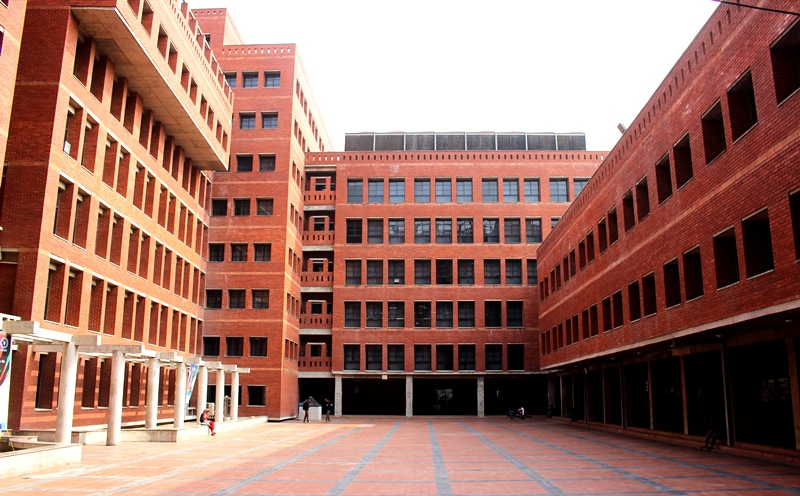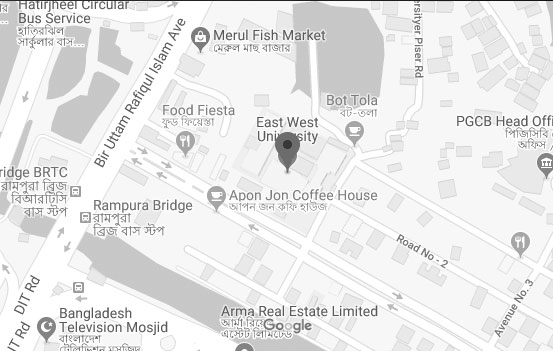Faculty Members Ongoing Researches
- Transportation Planning
- Urban Planning
- Autonomous Vehicle Study
- Road Safety and Accident Analysis
- Land Use
- Sustainable Transportation System
- RESEARCH GATE_PROFILE
- Image Processing
- Computer Vision
- Artificial Intelligence
- Computer Networks Security
- Machine Learning
- Deep Learning
- Internet of things
- Robotics
- Isolation, identification and molecular characterization of pathogenic microorganisms in various samples including food, biological specimen etc.
- Studies on in vitro pharmacological activities like antioxidant, cytotoxic, antimicrobial etc. of Bangladeshi medicinal plants.
- Public Health,
- Pharmaceutical Sciences
- Structural Health Monitoring
- Concrete Materials
- Seismic Engineering
- Dynamical System
- Differential Geometry
- Deep Learning/ Machine Learning
- Localization algorithm design in Wireless Sensor Network
- Developing Efficient Routing Protocol for IoT devices
- Network Measurement and Performance Analysis in Wired and Wireless (LTE) Network
- AQM Based Buffer Management for eNB in LTE Network
- Energy Efficient Communication Protocol.
- Big data Analysis.
- Pharmaceutical formulation and analysis.
- Public health.
- Rural Water Supply and Sanitation Project
- Arsenic Mitigation Water Supply Project
Geotechnical related issued (Sand Drain, Jet Grouting, Shake Table Test, Earthquake, Modeling by PLAXIS 3D software)
Research Gate Score: 9.68 (https://www.researchgate.net/profile/Ripon-Hore/research)
- Astrophysics:
Gravitational lensing, large-scale structure of the universe, General Theory of Relativity, cosmic structures, ray tracing methodology, N-body simulations, dark matter, dark energy, and implementing machine learning approaches to deal with big datasets.
- Plasma Physics:
Electrostatic waves and their nonlinear structures in various plasma systems, space and astrophysical plasmas, multi-ion plasmas, degenerate quantum plasmas, nonextensive plasmas, strongly coupled plasmas, and dusty/complex plasmas.
In silico drug design
Material Chemistry
Public health
- Wireless Communications and Networks
- Data Communications
- Machine Learning
- Natural products
- Microbiology
- Public Health
Geopolymer concrete (Concrete without cement), Strengthening of reinforced concrete structures
using polymers, Effect of strengthened structure under static and cyclic loadings, Non-linear finite
element analysis of strengthened structures.
- Theoretical and Computational Mathematics



